Knowledge center
Blog Home
Equilar Blog
Pay Display: How Companies Visualize Pay for Performance

February 24, 2016
Pay for performance is at the forefront of executive compensation program design, and stakeholders are adamant in
ensuring executive pay levels
are commensurate with a company’s performance and returns to shareholders. In 2015, 86% of S&P 100 companies
referenced pay for performance in their annual proxy statements, according to a
recent study by Equilar,
which also identified 17 S&P 100 companies that featured a pay-for-performance graph in their most recent proxy statements.
A typical pay-for-performance graph displays executive compensation levels and company performance levels together, and
allows shareholders to visualize the relationship between executive pay and measures of business success.
Pay-for-performance graphs feature variety in measures of performance, but total shareholder return (TSR) is by far
the most popular performance measure used by S&P 100 companies. Though this popularity isn’t surprising, given that
shareholders want to motivate executives to return maximum value, the ability to deliver clear
line of sight to executives and
returns to investors
has been increasingly
called into question. Other performance measures featured in pay-for-performance graphs include operating income,
earnings per share (EPS), net income, return on equity (ROE) and sales.

Though TSR dominates the “performance” piece of the graphs in Equilar’s study, there is no such consensus on how to
define executive pay levels. S&P 100 companies used one or more of the following pay calculation methods in their
pay-for-performance graphs: summary compensation table (SCT) values, total direct compensation (TDC), realizable pay,
realized pay and performance-adjusted compensation (PAC). Targeted or annualized pay by using SCT or TDC valuations
were most common, disclosed by six companies each. Fewer selected alternative pay calculations such as realizable or
realized pay, which better represent current or take-home values that might differ from targeted or grant-date amounts.

As in calculating pay, S&P 100 companies identified in Equilar’s study used a wide range of measurement periods
in pay-for-performance graphs, ranging from rolling three-year periods
(Lowe’s
proxy filed 4/13/2015, p. 33) to a one-year measurement period
(Medtronic’s
proxy filed 7/24/2015, p. 27). The most commonly used time frame—by six S&P 100 companies—was three annual
measurement periods.
On April 28, 2015, the SEC proposed
“Disclosure of Pay Versus Performance” [§953(a)], a rule that would require companies to compare their executives’ actual
compensation and five-year cumulative TSR to a peer group (although this approach is not without
potential issues). With the anticipated
new standards governing how companies calculate pay for performance, these types of graphs are expected to become more
uniform and popular, yet public companies may react by supplementing required disclosures with additional graphs that help
tell their pay-for-performance story in the wake of finalized rules. Stay tuned as this develops throughout the 2016 proxy
season.
The Shareholder Engagement portal within Equilar Insight provides a suite of resources for companies to
benchmark pay for performance and prepare for what’s to come, inclusive of the following tools:
To learn more or request a demo, click here.
For more information on Equilar’s research and data analysis, please contact Dan Marcec, Director of Content &
Marketing Communications at dmarcec@equilar.com. Colin Briskman, research
analyst, contributed to this post.
 Solutions
Solutions









